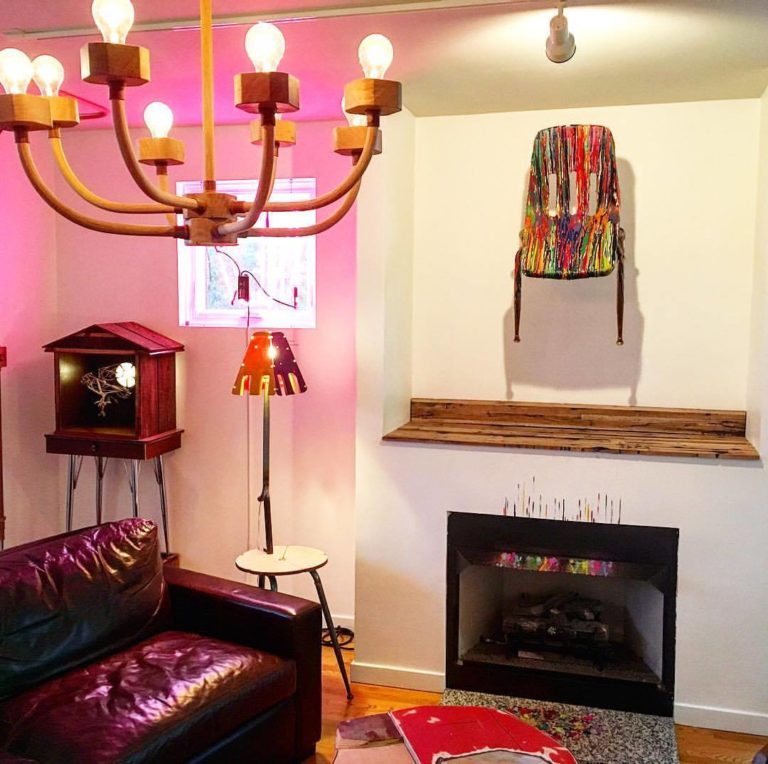
Please join John Preus and me for Homecoming, a public reception and exhibition tour of “Infinite Games 50/50” at Open House Contemporary, 740 N Ogden Avenue, this Wednesday, October 25, 7-10 pm.
Join me and colleagues Barbara Jaffee, Freida High W. Tesfagiorgis, Joanna Frueh, and Leslie Bellavance, for the panel “Women Writing about Art,” 12:45-2:15 pm on Friday, November 3, part of the symposium Transforming Culture and Society: Midwest Women Artists, 1960s-1980s, November 2-3, 2017, at Bradley University in Peoria, Illinois.
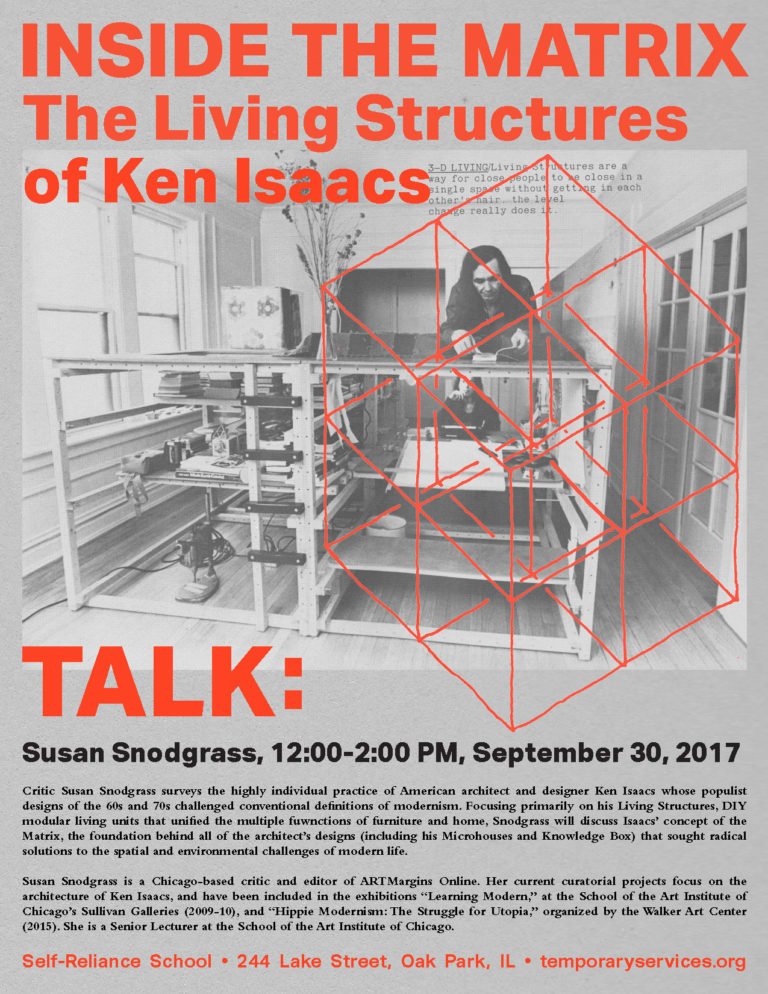
Come hear my talk, “Inside the Matrix: The Living Structures of Ken Isaacs,” September 30, 12-2 pm, at Compound Yellow, 244 Lake Street, in Oak Park, IL, organized as part of the Self-Reliance School by Temporary Services. Free and open to the public.
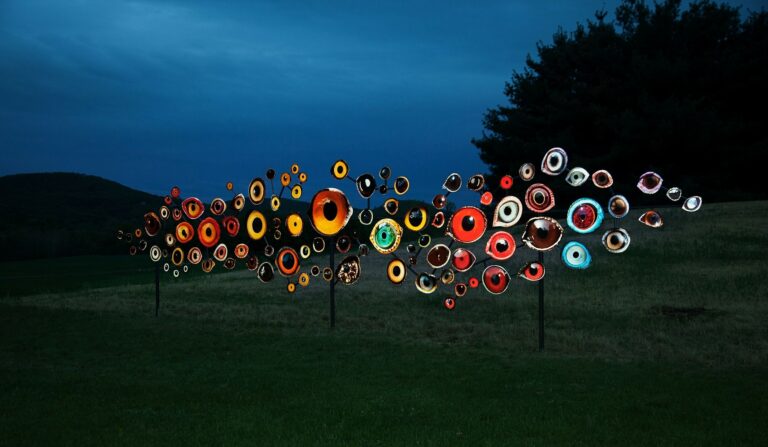
Chicago is part of the Mississippi Flyway zone, one of the largest bird migration corridors in North America. It follows the Mississippi River some 2,500 miles from its most northern point in Minnesota southwards to the Gulf of Mexico. According to the Audubon Society, more than 325 bird species use the Mississippi Flyway. Growing up in the Midwest, these migratory patterns always defined the seasons: dark flocks flew south for winter; warbling swarms returned each spring.
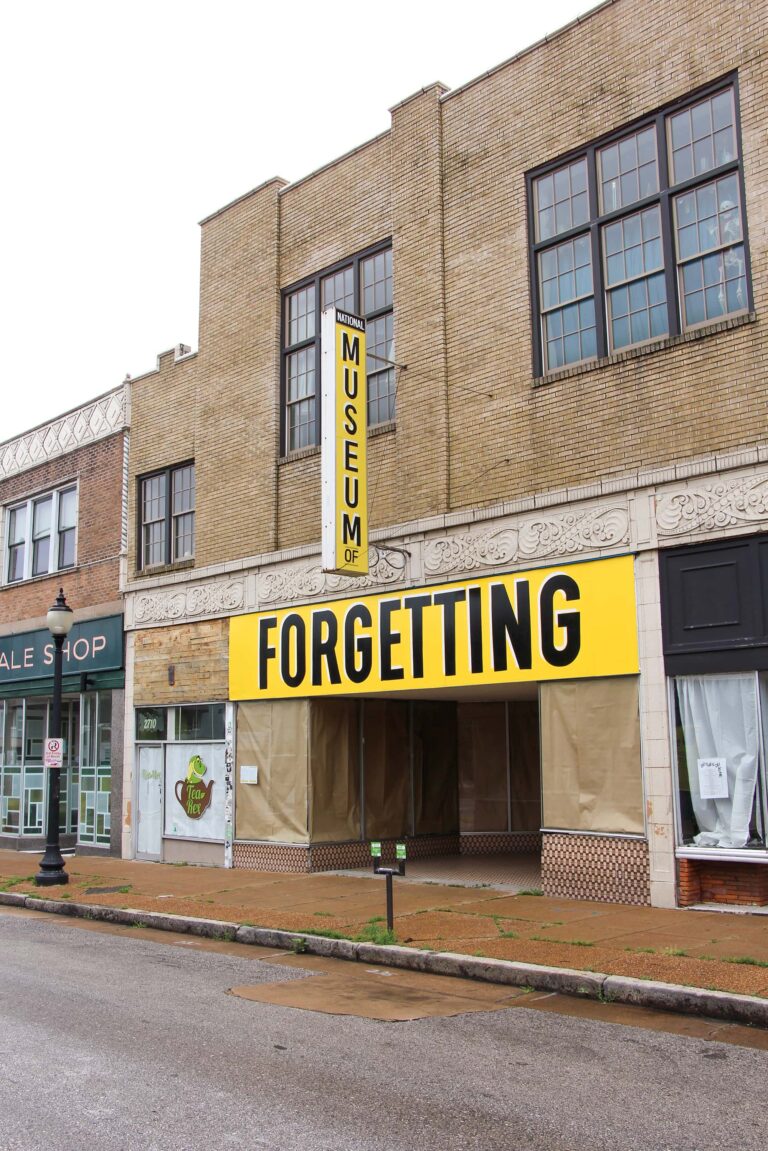
What is a public? According to theorist Michael Warner, “a public is understood to be an ongoing space of encounter for discourse,” a self-defined social space of dialogic interactions and interplays. For Warner, a counterpublic is similarly discursive but assumes a “conflictual relation to the dominant public,” by creating its own audiences and idioms through alternative forms of address. (1) The idea of the “discursive public” forms the basis for Counterpublic, a new art triennial that reclaims the spatial environment of St. Louis as a body of distinct yet overlapping publics, each with their own cultural identity.
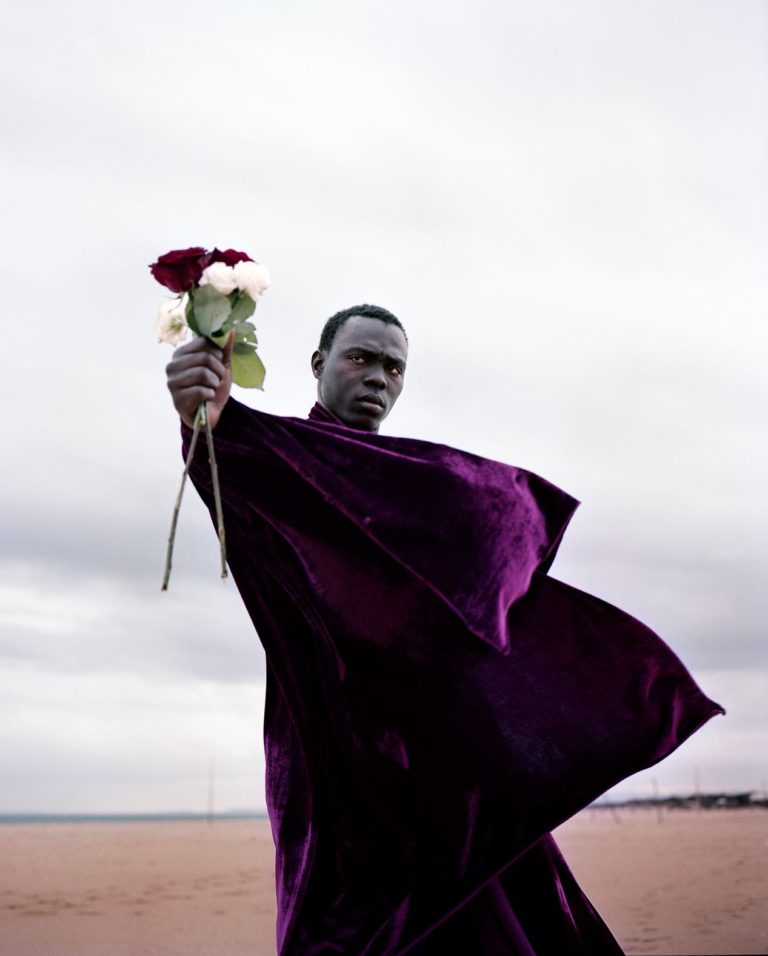
Loss takes many forms. Within the last two years, I lost both my parents and a sister. Their passings were followed by much personal grief, of course, as well as an existential rethinking about the meaning of absence and belonging. What binds us to place, to each other, to the larger world? And while loss is inherent to the cycles of life that define who we are as human beings, catastrophic loss – whether by violence, poverty, social oppression, climate change, or environmental disaster – plagues our political present, rupturing the ties that connect us to home and to the earth beneath our feet.
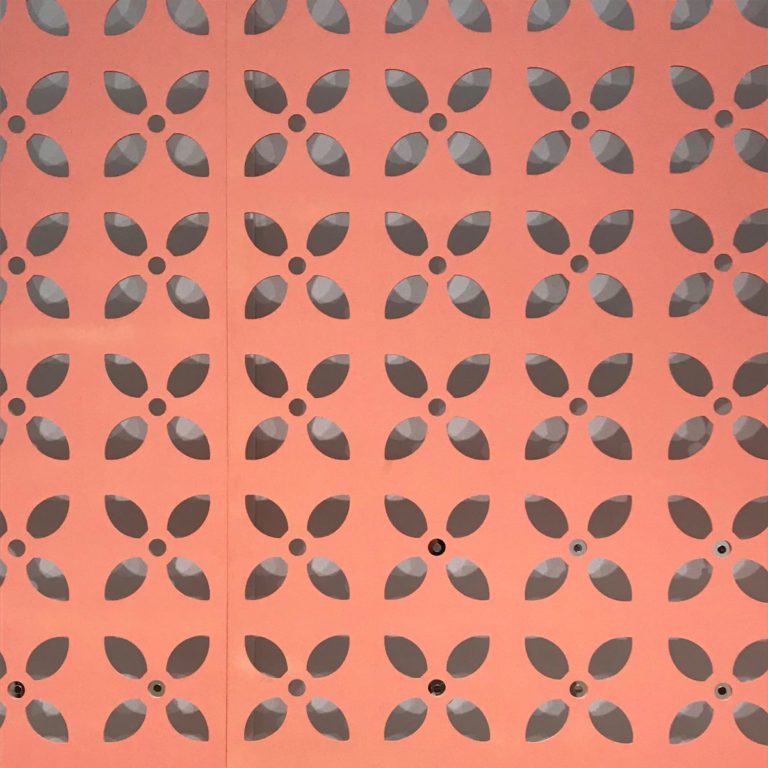
The exhibition Forgotten Forms at the Chicago Cultural Center pairs the works of Edra Soto and Yhelena Hall, whose transformations of architectural elements of the everyday interrogate narratives of place to configure new urban landscapes marked by traces of memory.
KT Hawbaker and Susan Snodgrass join the cast of Bad at Sports Center for an epic EXPO breakdown.
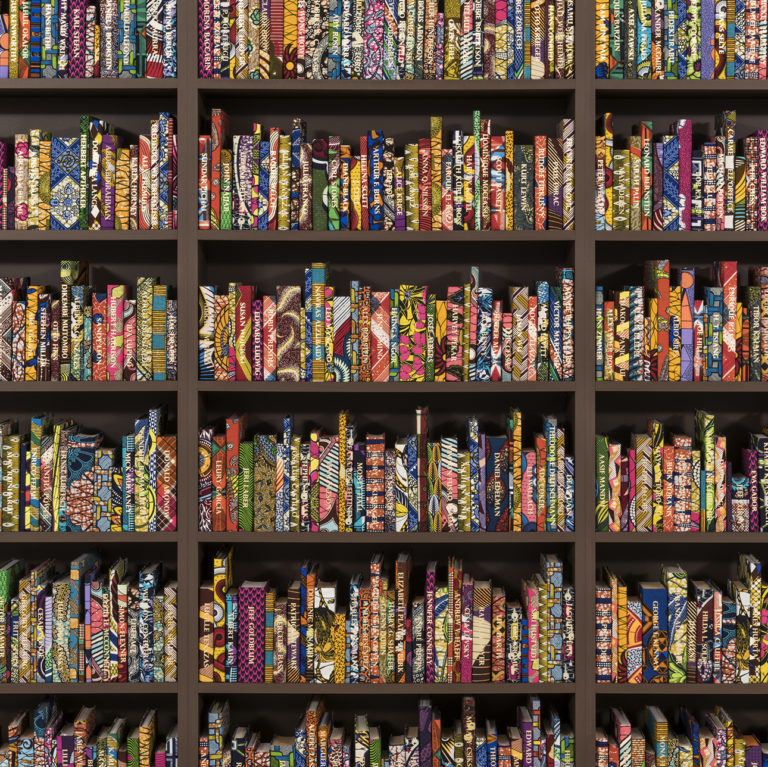
An American City, the inaugural edition of FRONT International: Cleveland Triennial for Contemporary Art, is an experiment in urban development: a cultural laboratory that hopes to reshape the image of this post-industrial city by positioning itself as a “heartland documenta.”
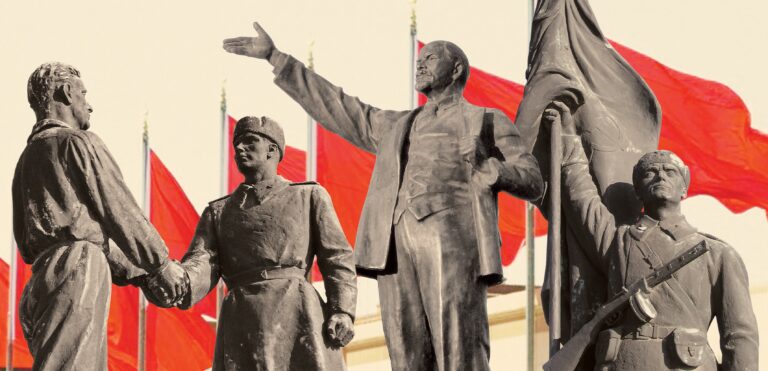
It has been less than a year since violent hatred erupted on August 12, 2017 at a white nationalist rally in Charlottesville, Virginia, fueled by the planned removal of a bronze statue of Robert E. Lee from a public park. This horrific event has become the locus for the fiery debate about the fate of Confederate monuments, one that reignited some two years earlier when a self-identified white supremacist murdered nine black parishioners in a church in Charleston, South Carolina, triggering a wave of fallen Confederate statues throughout the American South.
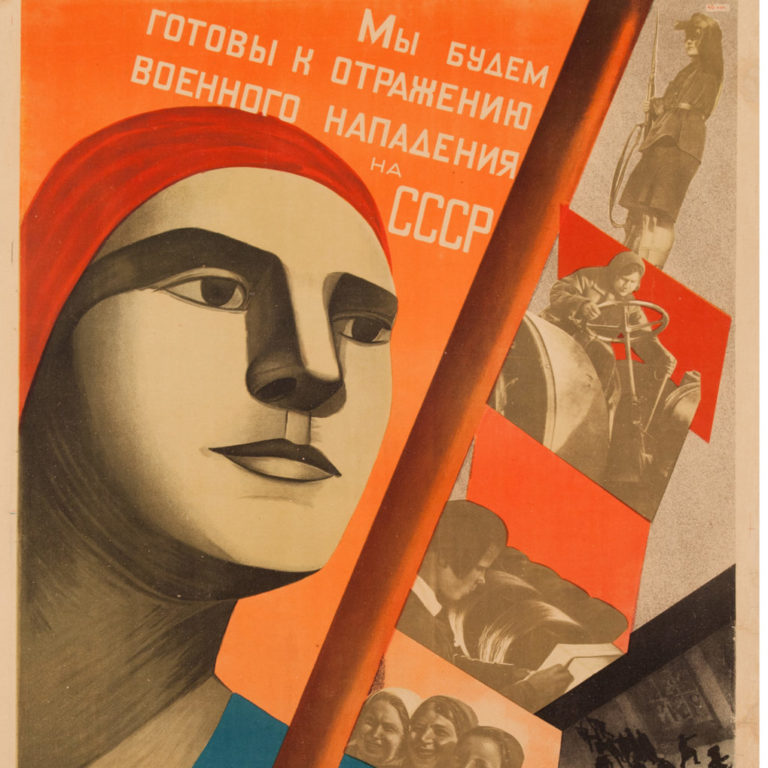
At a time when our own political moment has given rise to dangerous neoliberalism and right-wing nationalism across Europe and the United States, Revolutionary Russia of a century ago with its promise of social equality and transformation continues to seduce our imagination (at least in the former West), despite the ultimate failure of the Soviet project. This seduction fueled two recent shows in Chicago that marked the centennial of the October Revolution through the art, design and material culture of its artists and social architects.
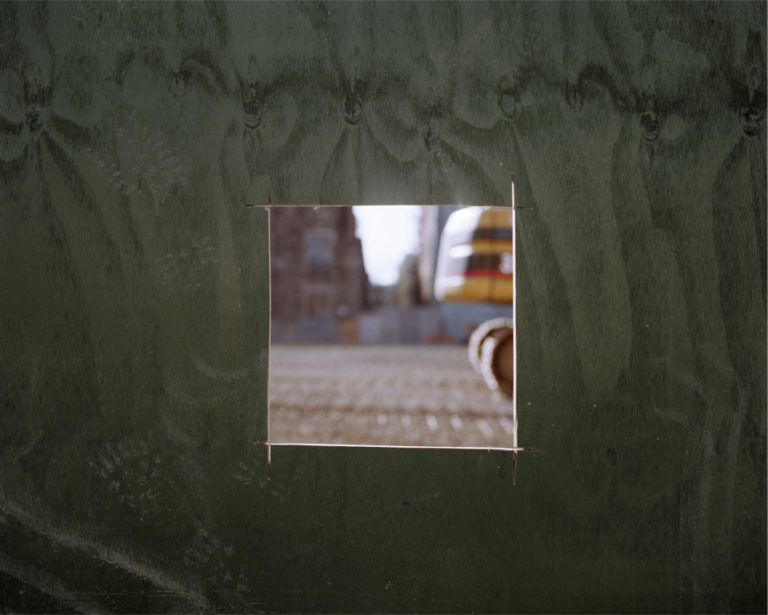
Whether working on the street, in the studio, or in residence with communities, Dawoud Bey imbues his subjects with a psychological presence, while also challenging the formal traditions of photographic representation.









